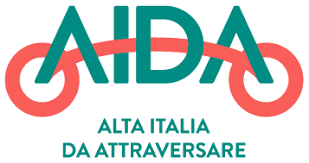1 - EUROVELO/VENTO
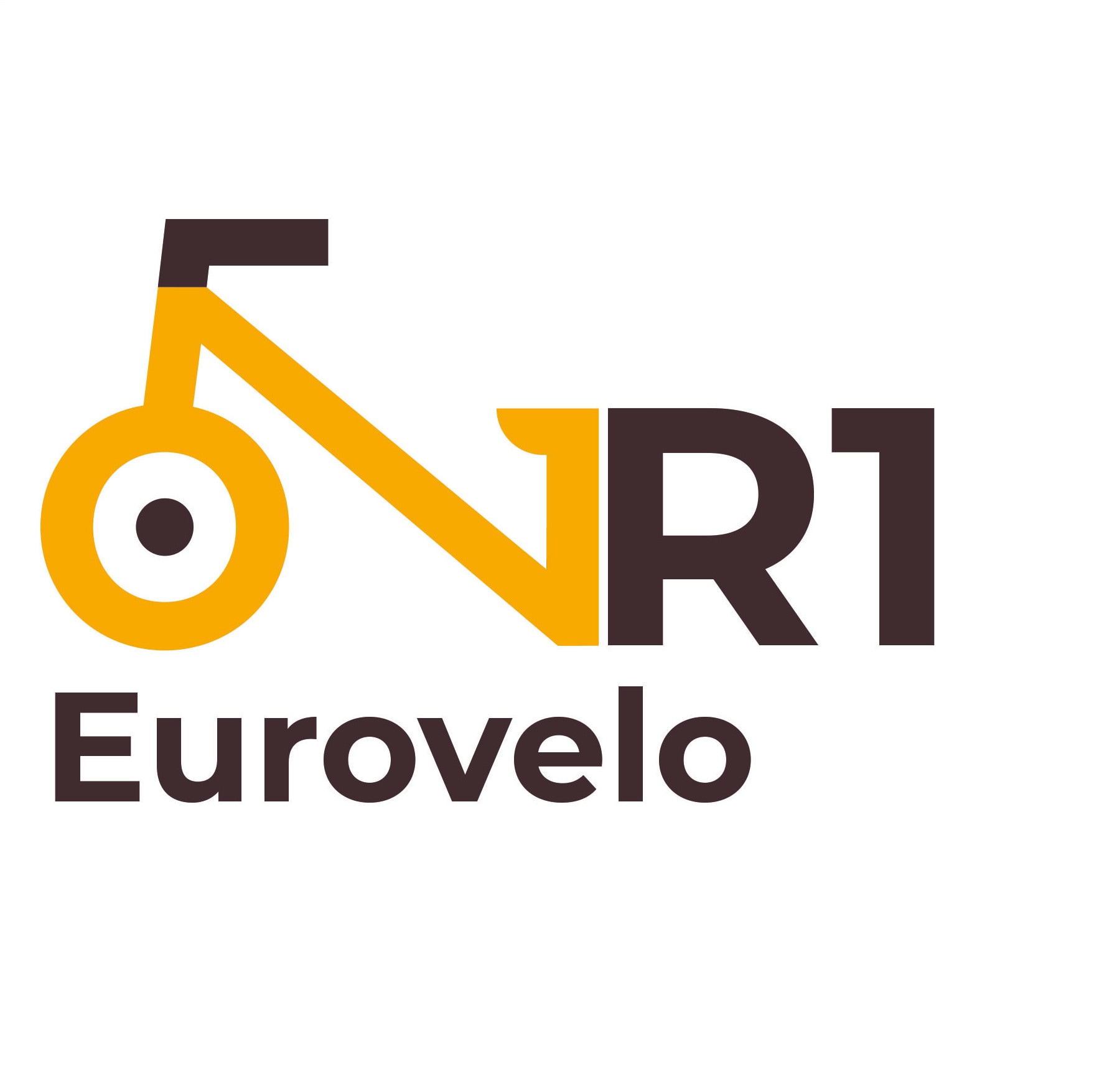
The Eurovelo cycle path covers a total of 5,900 km along the northern Mediterranean coast from Spain to Cyprus, crossing northern Italy from east to west. The Piedmontese section goes through the areas of Cuneo, Turin, Vercelli and Alessandria, with the section of the route from Turin to Venice called the VenTO cycle path. Approximately 251 km long, it goes from Limone Piemonte (CN) to Molino dei Torti, near Alessandria, winding through wonderful mountain scenery up to the Langhe-Roero and Monferrato UNESCO World Heritage Wine Landscapes, taking in medieval villages, castles, historical homes and numerous nature reserves.
- Limone Piemonte
- Vernante
- Cuneo
- Saluzzo
- Abbazia di Staffarda
- Palazzina di Caccia di Stupinigi
- Torino
- Parco naturale del Meisino
- Parco Fluviale Po e Orba
- Chivasso
- Casale Monferrato
- Valenza Po
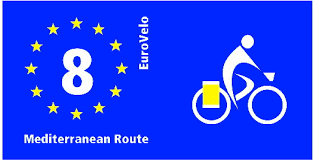
4 - VIA DEL MARE
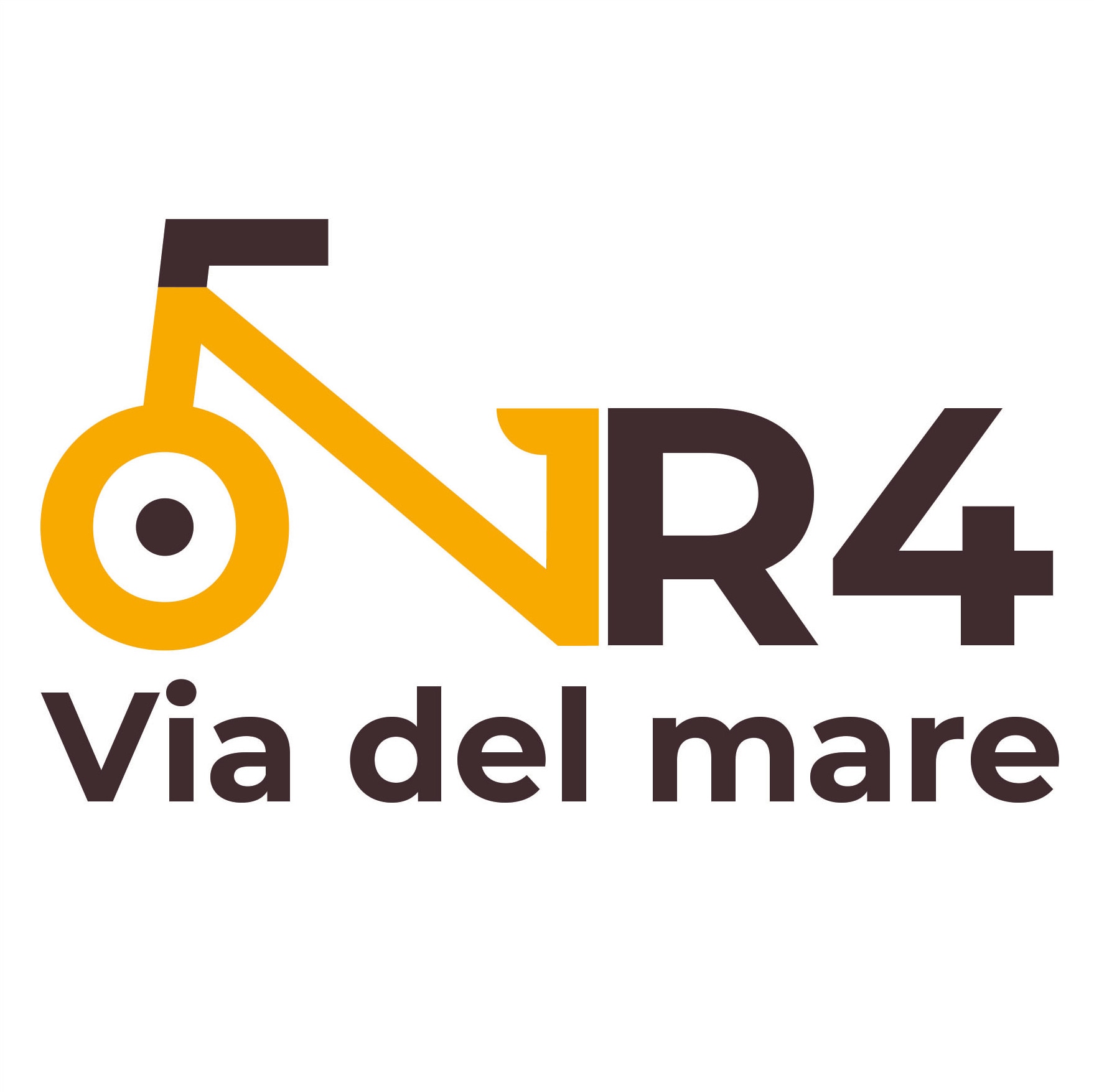
About 416 km long, the Ciclovia del Mare or Sea Cycle Path is the main cycling route crossing Piedmont from north to south. The route allows you to cross the entire eastern part of the region on a long journey offering a wealth of scenery and beautiful cities. From Re and Domodossola towards the region of the lakes, first Verbania with Lake Maggiore then Lake Orta, and then on towards Novara. The landscape changes in the Vercelli area with its plains, canals and rice fields. Continuing south towards Asti, crossing Monferrato and touching the hills of the Langhe, it passes through Alba, and then continues through various landscapes towards Monregalese, Mondovì, Ceva, and Ormea. The cycle path intersects numerous east-west routes: Pedemontana, Canale Cavour, Eurovelo 8/VenTO, and Via Francigena, as well as Bar2Bar and Via Provenzale.
- Borgo di Santa Maria Maggiore
- Domodossola
- Sacro Monte Calvario
- Lago Maggiore
- Sacro Monte di Orta
- Novara
- Vercelli
- Casale Monferrato
- Sacro Monte di Crea
- Asti
- Castello di Govone
- Alba
- Castello e Agenzia di Pollenzo
- Santuario di Vicoforte
- Cherasco
- Garessio
- Ormea
5 - VIA FRANCIGENA VALLE D'AOSTA
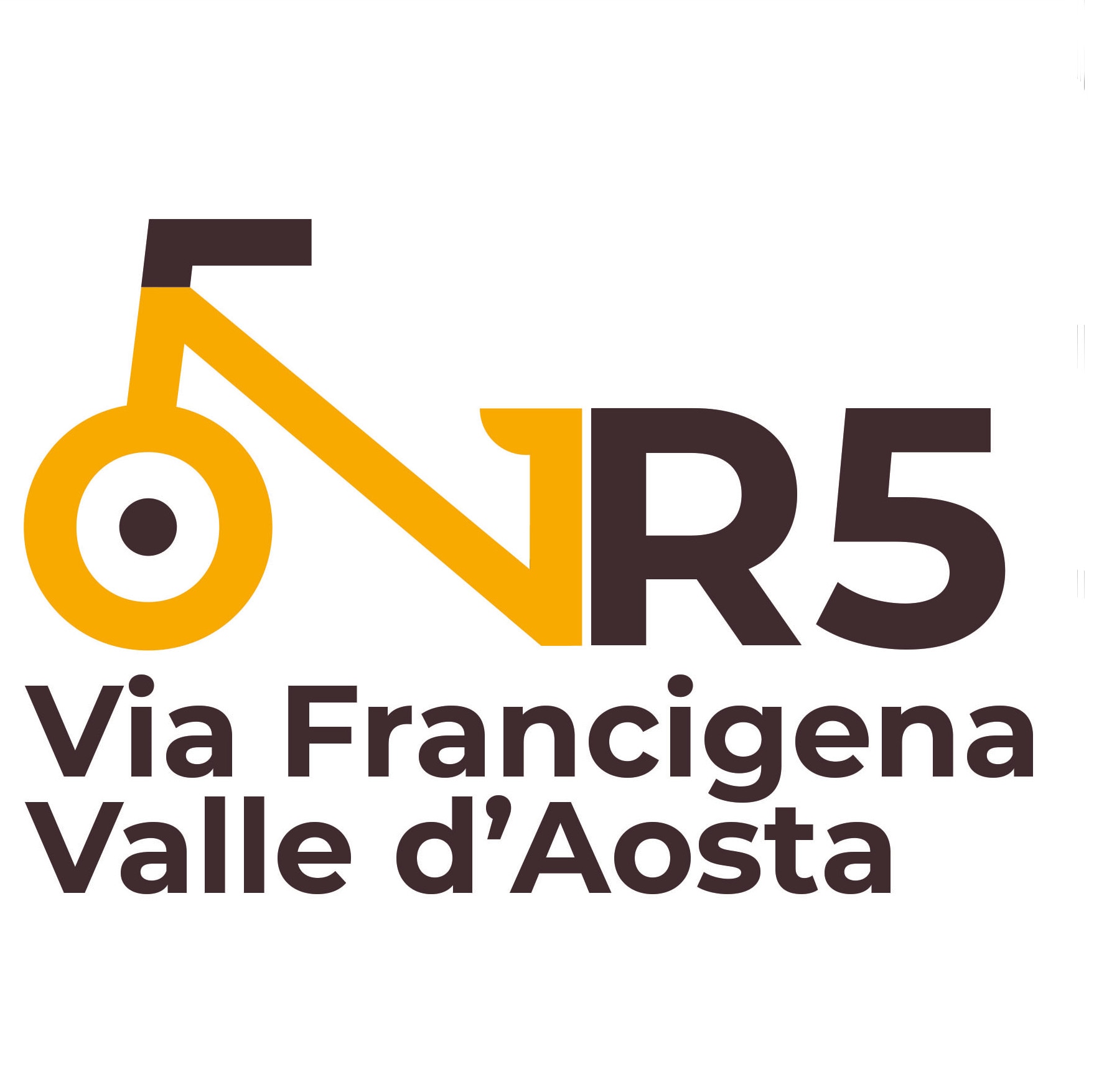
The Via Francigena Canavesana cycle route, part of the longer Bicitalia network route no.3, follows an itinerary taken by pilgrims in antiquity to reach Rome. Heading south-west from Valle d'Aosta, it connects to the Via del Mare route. It takes you through fascinating mountain scenery to the plains and finally over the Apennines towards the sea. Covering about 95 km in the Piedmont region, this route starts in Carema, with its typical wine-growing countryside (the last municipality before the border with the Valle d’Aosta), and continues along the Ivrea-Santhià-Vercelli route
- Lago di Viverone e Sito palafitticolo UNESCO
- Lago di Bertignano
- Ivrea
- Laghi e Serra di Ivrea
- Piverone
- Santhià
- Vercelli
- Area vitivinicola di Carema
6 - VIA FRANCIGENA VALLE SUSA
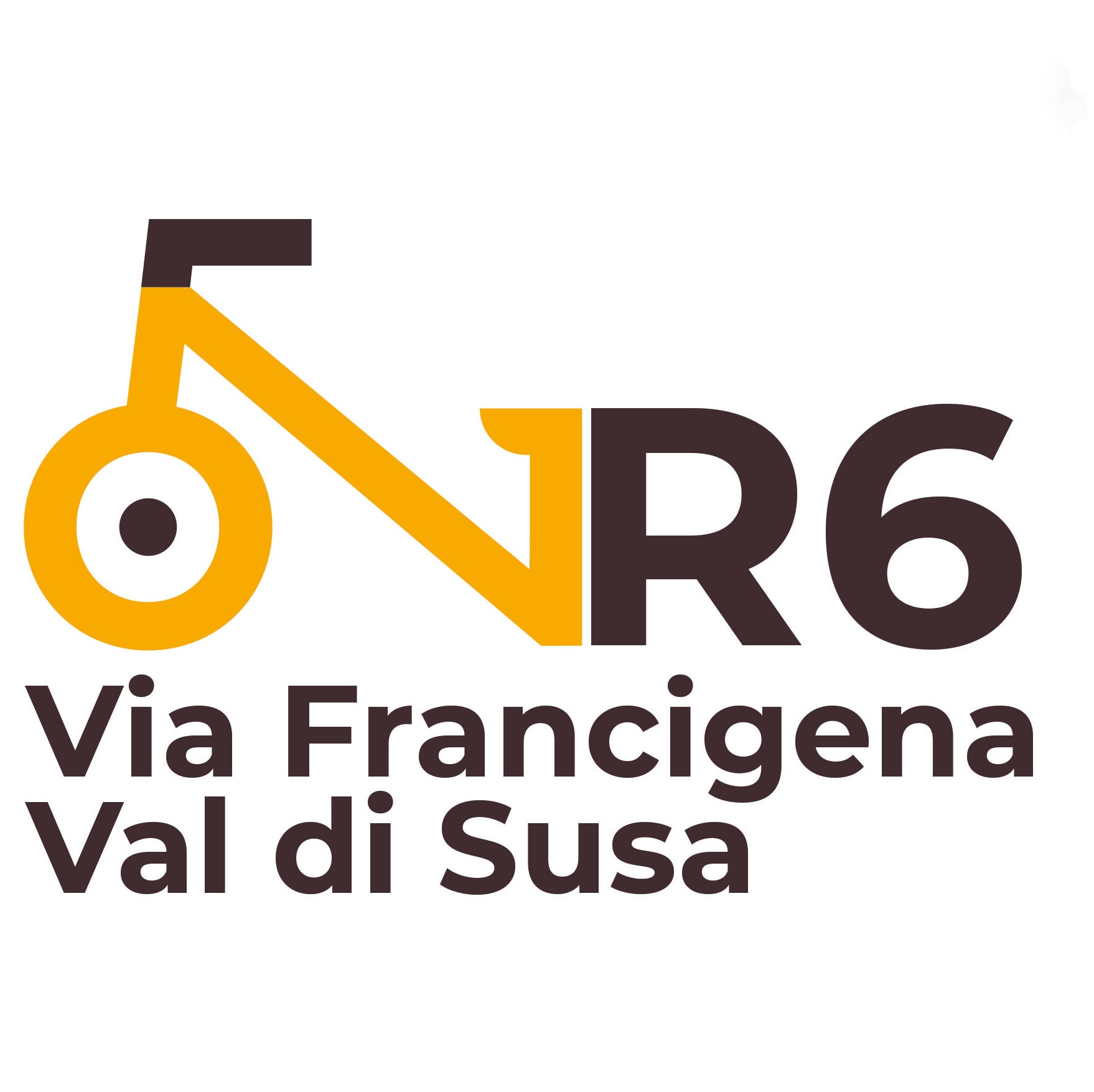
This route is part of the larger national route also known as the ciclovia dei pellegrini (pilgrims' cycle route), which crosses the whole of Piedmont from west to south-east, Moncenisio to Liguria. Along the way, you will find references to Piedmont’s historical past and religious culture such as the Sacra di San Michele, the Basilica of Superga, the Abbey of Vezzolano and Colle Don Bosco. Covering a total distance of approximately 88 km, the cycle path winds its way beside the Dora Riparia River, then leaves the Val Susa (where the first 35 km now have cyclist services) and after passing through villages with an ancient history, it comes to Turin.
- Abbazia di Novalesa
- Susa
- Sacra di San Michele
- Avigliana e Parco dei Laghi
- Castello di Rivoli
- Reggia di Venaria
- Castello della Mandria
- Castello del Valentino
- Torino
- Villa della Regina
- Basilica di Superga
- Collina del Po
- Chieri
- Abbazia di Vezzolano
- Colle Don Bosco
- Alessandria
- Asti
- Novi Ligure
- Gavi
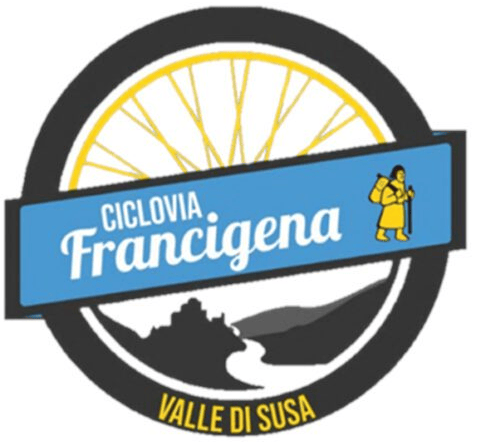
7 - VIA DEL TICINO E DEL LAGO MAGGIORE
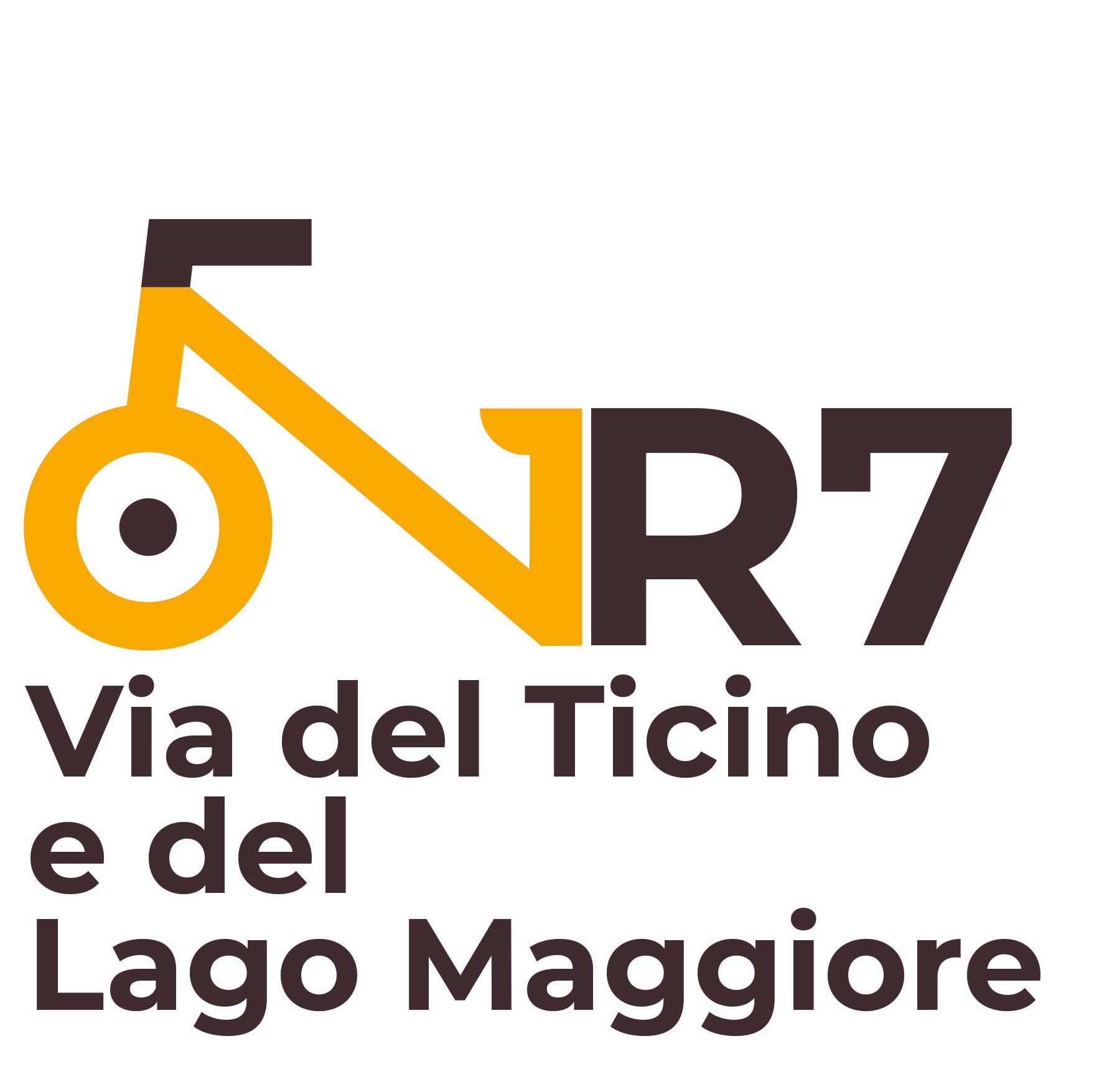
This route can be considered a variant of the Via del Mare (Sea Cycle Path) and it runs along the shore of Lago Maggiore (Lake Maggiore), in the tourist area of the Distretto dei Laghi (Lake District). The route then continues along the bank of the Ticino River, rejoining Canale Cavour and the Via del Mare in the province of Novara. With a total length of about 126 km, this itinerary runs from the Swiss border along the entire western shore of Lago Maggiore (Lake Maggiore) through Verbania, Arona and on to Novara on the border with Lombardy.
- Sacro Monte di Ghiffa
- Riserva Naturale Speciale Canneti del Fondo Toce
- Golfo Borromeo
- Cannobio
- Cannero Riviera
- Verbania
- Stresa
- Arona
- Siti palafitticoli dei Lagoni di Mercurago
8 - VIA PROVENZALE
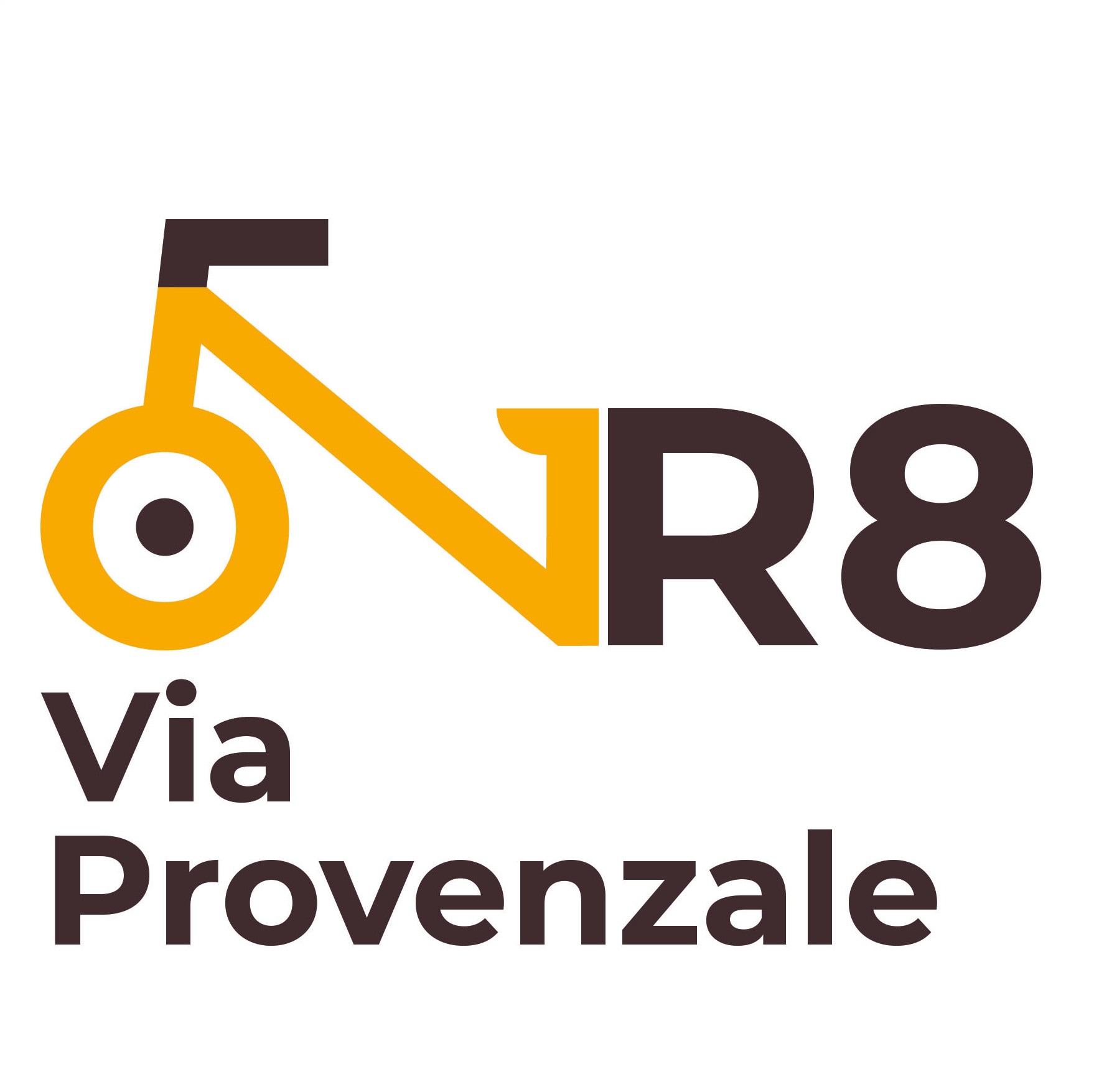
About 127 km long, this route runs through the province of Cuneo, starting in Cherasco, close to the Langhe, and passing through Fossano and Cuneo, following the Stura di Demonte, all the way to Colle della Maddalena on the French border. The Ciclovia Provenzale (Provençal Cycle Path) links the many north-south routes, the Via del Mare and Eurovelo 8, completing the local network of the Unione dei Comuni del Fossanese, along the course of the Stura river.
- Cherasco
- Cuneo
- Fossano
- Area archeologica romana di Bene Vagienna
- Memoriale della Deportazione di Borgo San Dalmazzo
- Santuario di Sant’Anna di Vinadio
- Colle e Lago della Maddalena
- Parco delle Alpi Marittime
10 - VIA PEDEMONTANA
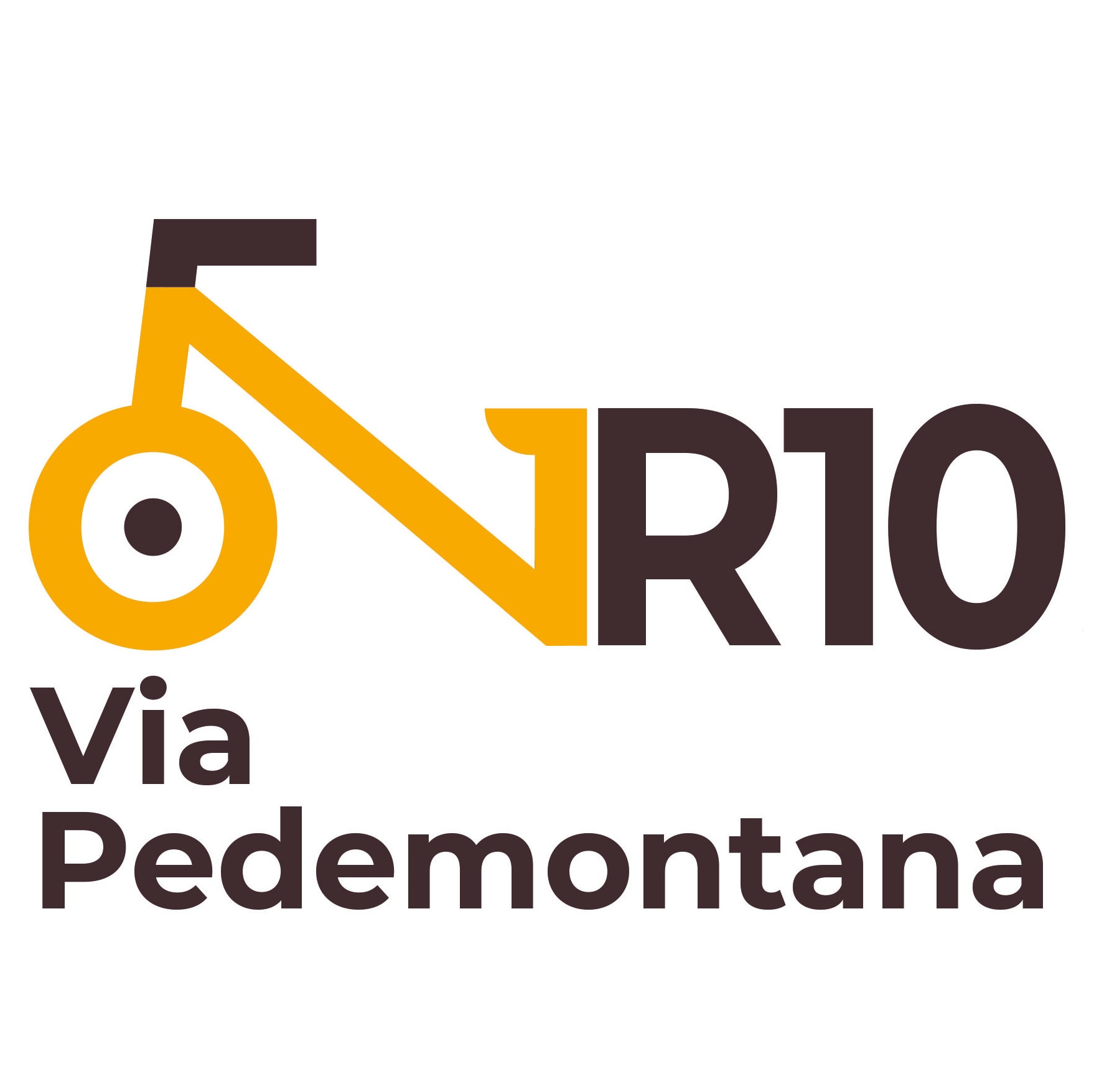
The Pedemontano route is the continuation (and conclusion in the north-west sector) in Piedmont of the cycle tourism route through the various foothill areas in the Alps. Starting in Borgomanero near Novara, this 446-km-long route starts in Dormelletto near Novara, skirts the mountain zones, through the areas of Biella and Ivrea, runs alongside the mouths of the Piedmont valleys including Valsesia, Valli del Biellese and Valli del Canavese, Valli di Lanzo, Val Susa, Pinerolese, Valle Po, Valli Varaita e Maira and then passes through Cuneo before continuing its arc towards Ceva.
- Biella
- Ivrea
- Sacro Monte di Belmonte
- Siti palafitticoli del Lago di Viverone
- Lagoni di Mercurago
- Castello di Agliè
- Lanzo
- Castello di Rivoli
- Castello della Mandria
- Avigliana e Parco naturale dei Laghi
- Saluzzo
- Cuneo
- Mondovì
15 - CORONA DI DELIZIE
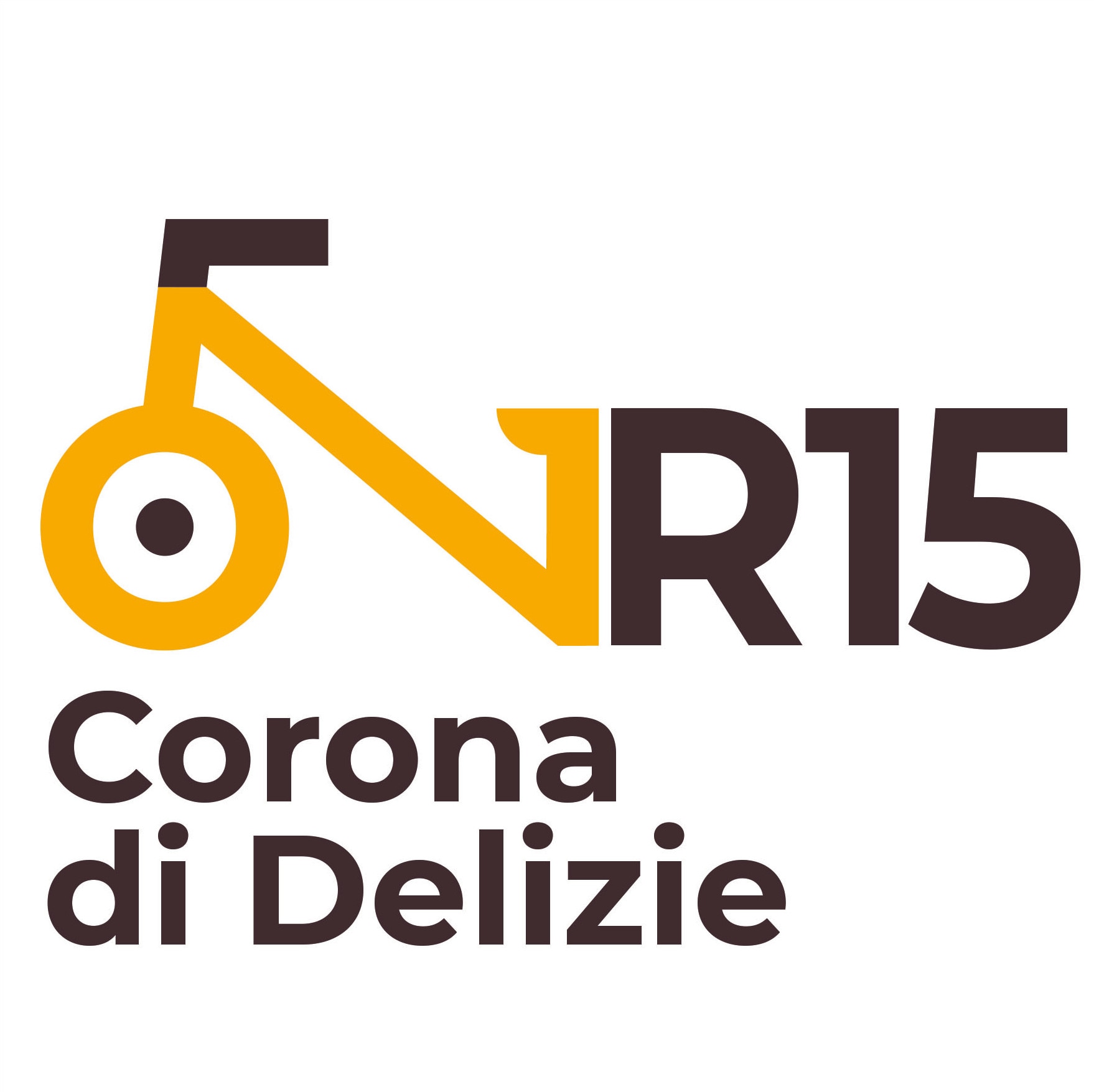
The Corona di Delizie (Crown of Delights) cycle loop connects the Residenze Reali Sabaude (Royal Residences of the House of Savoy), declared a UNESCO World Heritage Site in 1997, commissioned by the Savoys in the sixteenth and seventeenth centuries around the city of Turin with the aim of creating a system of sumptuous 'maisons de plaisance' for hunting and partying. At approximately 90 km long, this loop with its historical detours, makes it possible for cyclists to ride safely in Turin and the surrounding towns, mainly on cycle paths and low-traffic roads on protected and mixed routes. It can be travelled clockwise or anti-clockwise, entirely in two days or even only in part, using the train for the return journey. It presents no particular difficulties but the use of a touring or mountain bike on the dirt road sections is recommended.
- Castello di Rivoli
- Reggia di Venaria
- Castello della Mandria
- Palazzina di Caccia di Stupinigi
- Torino
- Musei Reali
- Palazzo Madama
- Palazzo Carignano
- Palazzo Chiablese
- Castello del Valentino
- Villa della Regina
- Castello di Moncalieri
- Basilica di Superga
- Collina del Po

16 - BAR TO BAR
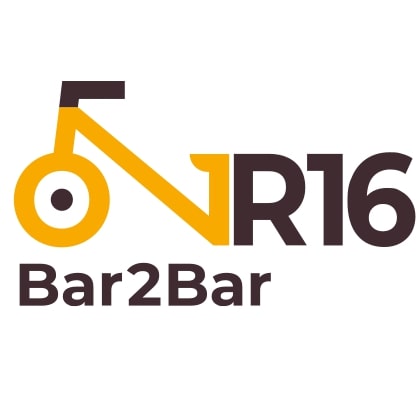
The Bar2Bar is a circular route about 124 km long that crosses a good portion of the Langhe Roero area. It winds its way along low-traffic roads, dirt tracks, and country paths, and through forests, offering unique scenery and unusual views and taking in iconic local places renowned for their wines and truffles, which include Barbaresco, Alba, Verduno, La Morra, Barolo, and Monforte d’Alba. The route is signposted by two-way signs with the red and white code of the paths usually used for hiking, as well as special signs for cyclists. Trees and rocks are also often marked with signs (again white and red) showing the way, especially in the woods and off tarmacked roads.
- Alba, città Creativa UNESCO per la gastronomia
- MUDET, Museo del tartufo di Alba
- WiMu, Museo del Vino a Barolo
- Castello di Grinzane Cavour
- Cappella di Brunate a La Morra
- Torre di Barbaresco

19 - TERRE DI COPPI
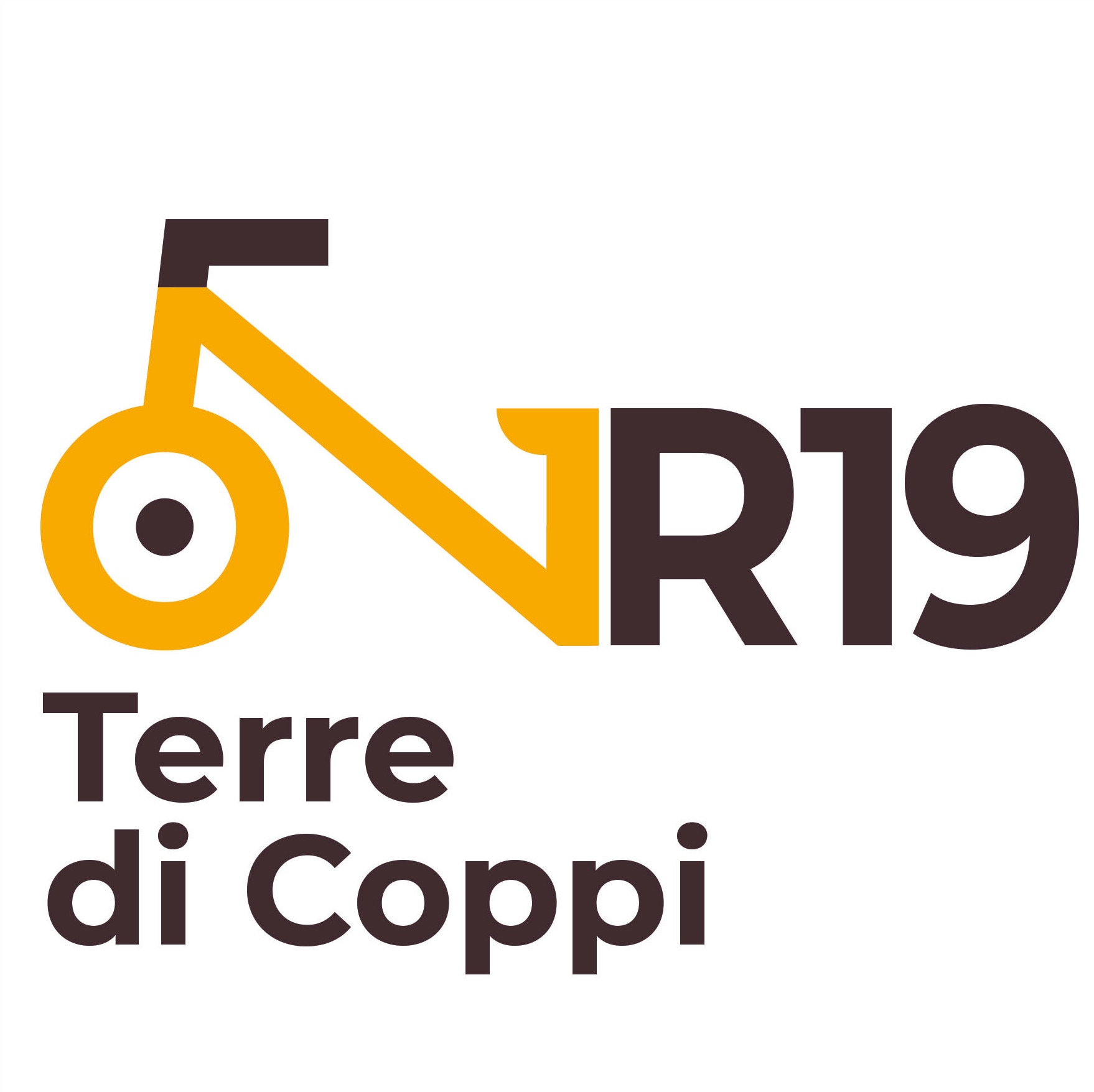
This itinerary is about 35 km long and it links Novi Ligure with Tortona through the homeland of the historic cycling champion, Fausto Coppi, a legend of world fame whose name was all over the sports newspapers between 1939 and 1959. After an initial flat section in the town of Novi Ligure, the route crosses the River Scrivia and starts to climb, the gradients getting steeper after Carezzano, right up to Castellania, the town where Fausto and Serse Coppi were born. Here you can visit the house where this champion of champions was born, today a museum. From Castellania, the cycle path from Costa Vescovato runs through delightful scenery to Villaromagnano, then continuing downhill to Tortona.
- Novi Ligure e Museo dei Campionissimi
- Casa natale di Fausto Coppi a Castellania
- Tortona
20 - TRACCE DEI GHIACCIAI
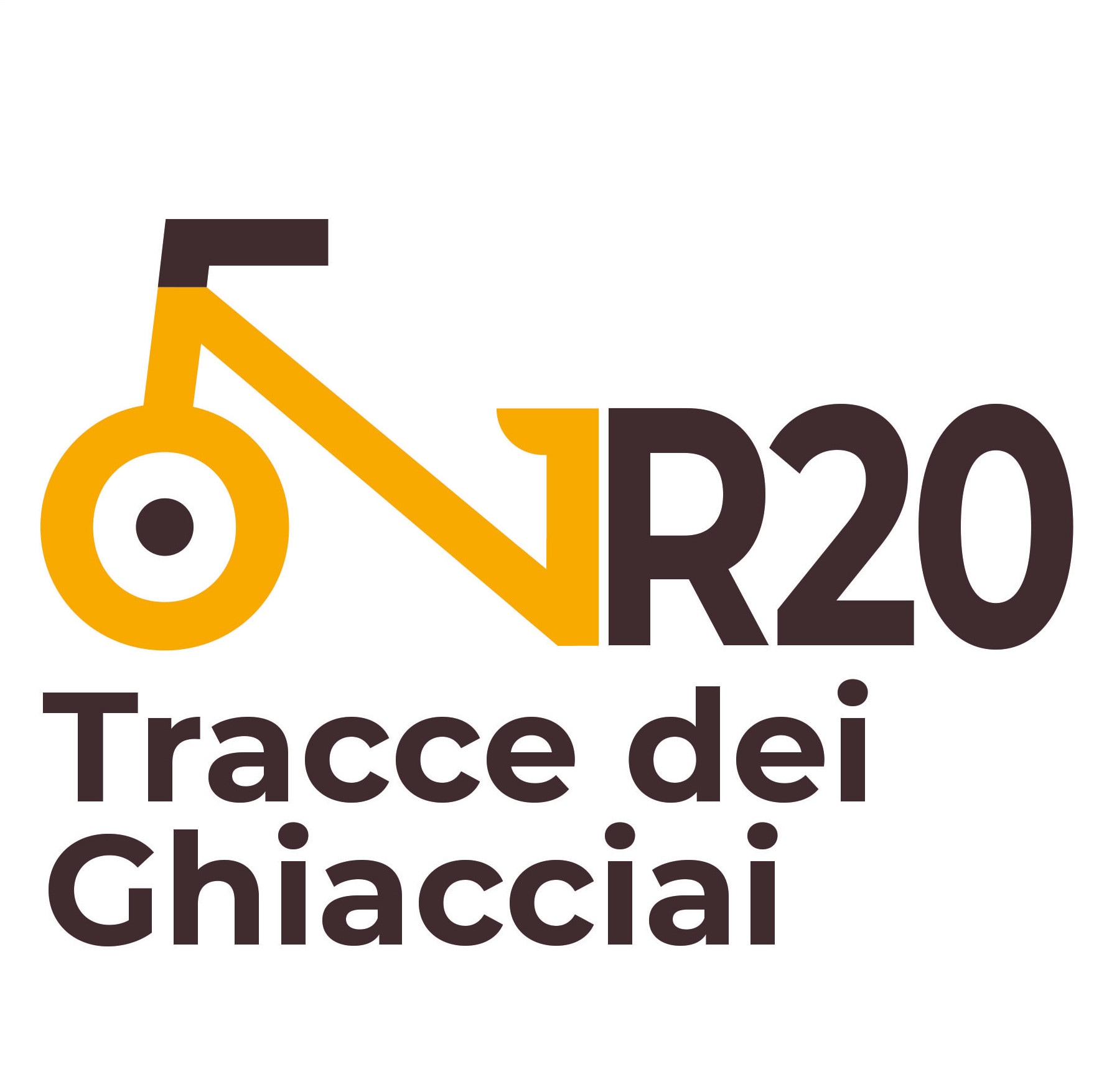
At about 122 km in length, this itinerary starts in Cavaglià, not far from Lago di Viverone (Lake Viverone), crosses the Biella area, climbs up to Oropa and then continues on to Valsesia. Finally, it comes to Alagna and the starting point for hiking and mountaineering routes in the Monte Rosa massif with the highest mountain refuge in Europe, Capanna Margherita.
- Siti palafitticoli del Lago di Viverone
- Castello di Roppolo
- Serra e laghi di Ivrea
- Rosazza, uno dei Borghi più belli d’Italia
- Sacro Monte di Oropa
- Alagna Valsesia
- Monte Rosa
22 - AIDA
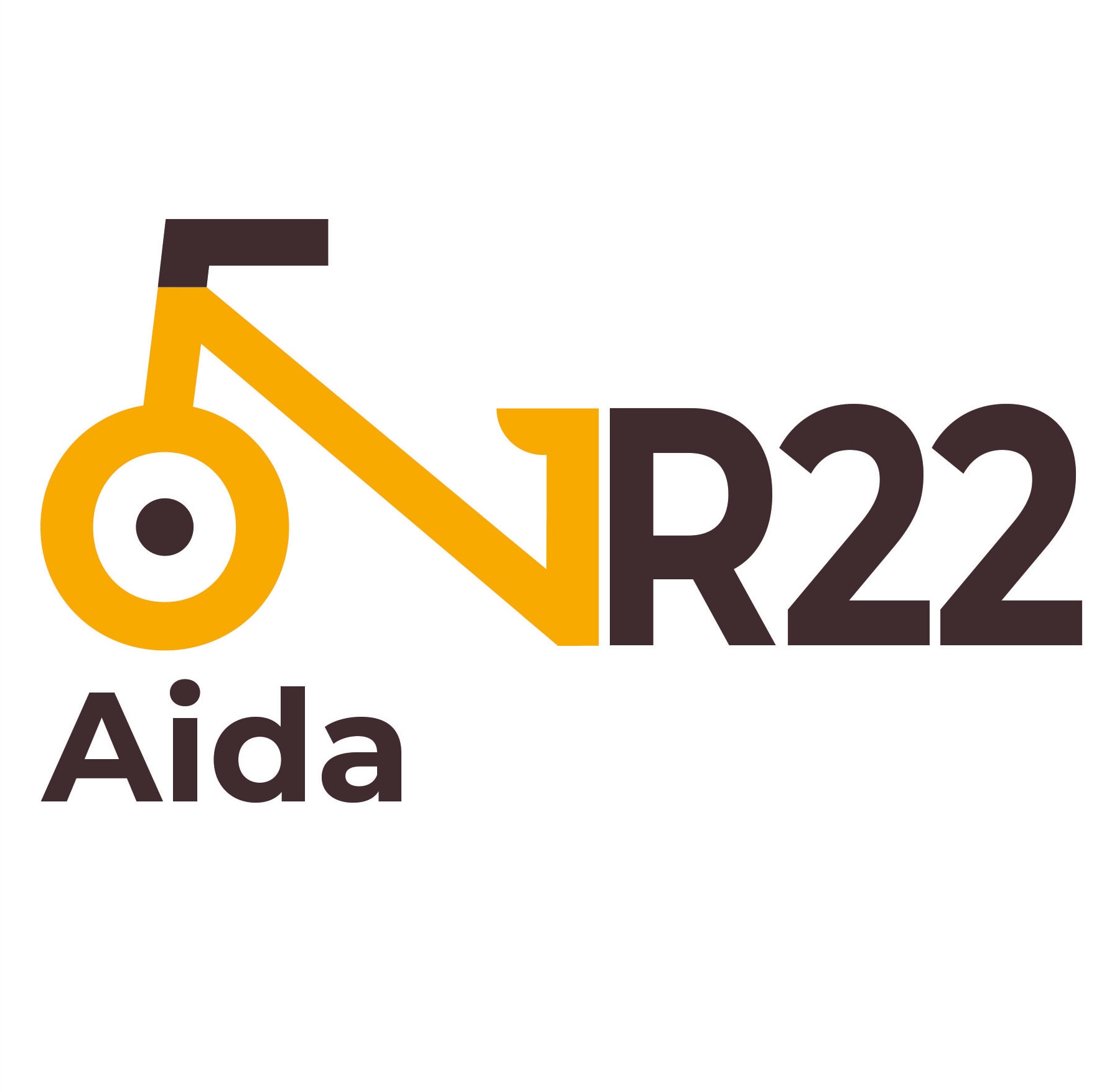
AIDA, which stands for Alta Italia Da Attraversare (Crossing Northern Italy) is a FIAB Onlus project that is part of the Bicitalia network connecting northern Italian cities, from Turin to Trieste. The cycle path is already fully accessible because it follows existing cycle paths and low-traffic roads. In Piedmont, AIDA starts at Colle del Moncenisio, drops down along Val Susa and through the Piedmont cities of Turin, Vercelli and Novara, with about 232 km of the route following stretches of the Francigena della Val di Susa and Canale Cavour. In Turin, it continues on the VenTO, which connects Turin to Venice along the river Po, (currently under construction).
- Borgo di Moncenisio
- Abbazia di Novalesa
- Susa
- Sacra di San Michele
- Avigliana e il Parco naturale dei Laghi
- Palazzina di Caccia di Stupinigi
- Torino
- Canale Cavour
- Chivasso
- Bosco della Partecipanza di Trino Vercellese
- Vercelli
- Novara
